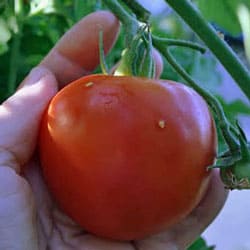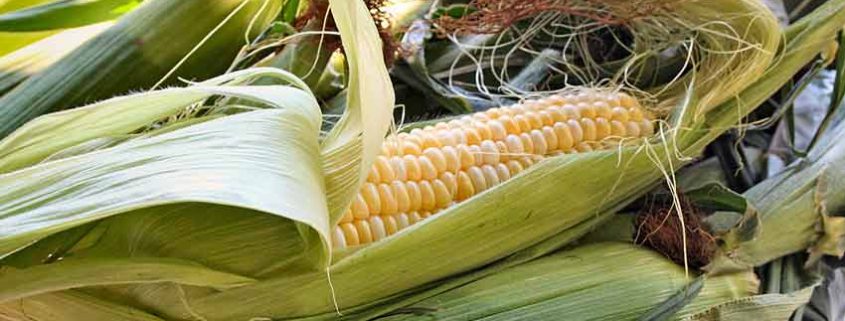Finding and picking perfectly ripe heirloom vegetables or fruit seems second nature to some, but those new to gardening can be confused and frustrated by the seemingly endless choices. One the one hand, you don’t want to pick too early and miss out on the scrumptious flavors, but you also don’t want to pick too late and not only miss the flavors, but lose the time and work of growing the vegetables in the first place. What’s a hard-working home gardener to do?
Do not use size (or color) alone to choose when to pick, as most of us are used to the size and color of the supermarket produce, which is not an honest or accurate measure to use for your veggies! Most home grown produce will be a bit smaller, more colorful and a bit less uniform in appearance than the supermarket equivalent. Heirloom vegetables grown at home will mature over a span of a few days to a couple of weeks, so you have time to let things get a bit riper if needed. No need to rush.
Use your sense of sight, touch, smell and taste to determine when to pick. Gently feel the tomato to see if it is soft and slightly yielding, or still just a bit firm. If it feels like it is ready to pick, gently pull the tomato just a bit. If it is truly ripe, it will almost fall off into your hand, if not it may need a day or two more. Give the melon vine the slightest pull to see if it slips from the melon. Smell the skin to see if it has that deliciously ripe tomato perfume, that heady melon scent or if it needs just a day or two more. Watch the colors change on the peppers, feel the skin and flesh change from firm and unyielding to slightly pliable to see when the flavor is best. Gently squeeze the okra, fondle the eggplant, watch the translucence of the pea pods fill with young luscious peas. Gardening is a full contact sport, and not just in the physical sense. It requires, engages and tunes all of your senses to learn when everything is at its absolute peak ripeness and therefore peak flavor and nutrition.
When in doubt, always take a taste test to see if your other senses are right, or they need a little education and fine tuning. Don’t be afraid to taste! Most of us have been educated on what to expect with vegetables from the supermarket, which is very misleading. Supermarket produce is specially selected to be picture perfect; everything else is discarded or used for other products. Every time you do a taste test, you become more in tune with the flavors and timing of your particular garden, and your particular vegetables that are growing there. This is called terroir, and your garden has its own special brand and flavor of terroir! With a little time, you will know exactly when everything will be at the peak of its flavor, and can plan some scrumptious meals around them. Once you have experienced the magic of a ripening garden, you will never forget the sights and smells.
It’s usually best to pick in the cool of the morning, as the evening’s growth is completed and flavor is at the day’s best. Cool evenings are a good time to pick as well. Make sure to plan ahead if you need chilled vegetables such as salad makings and pick ahead of time. Harvesting the day before will give plenty of time to get things chilled without losing any flavors that you’ve worked so hard to grow.



